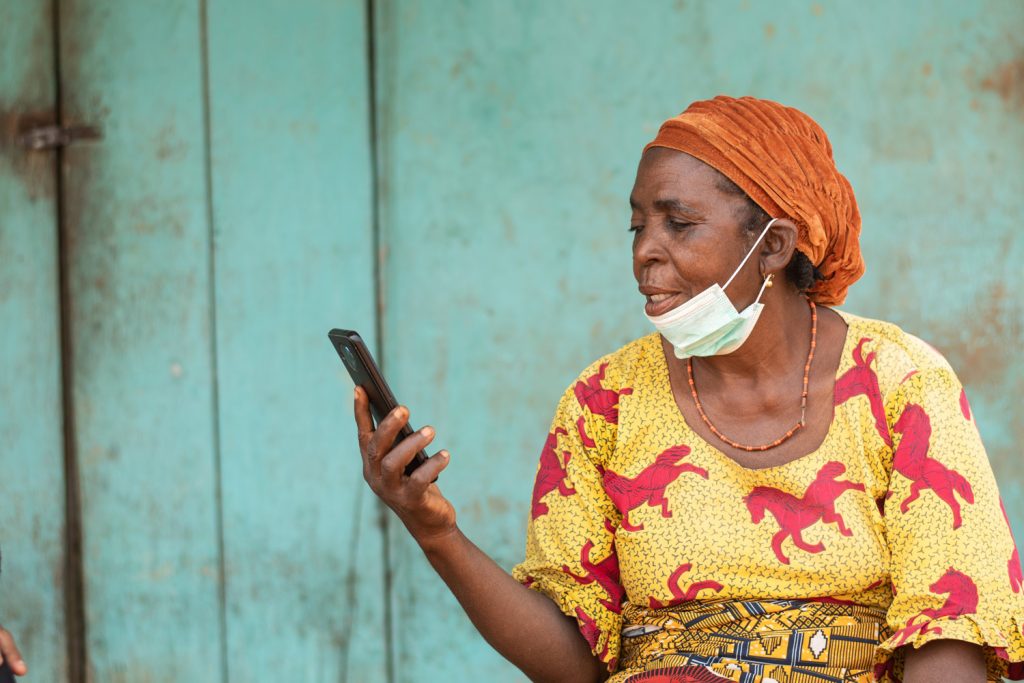PERSPECTIVES
With the outbreak of the SARS-CoV-2 pandemic in March 2020, many services around the world quickly adopted a digital format. Now with the pandemic receding, some forecasts indicate that the shift towards remote working and digital services will continue over time, having become ‘the new normal’.

However, when services for development that attempt to contribute to the inclusion of traditionally marginalized populations switch to a digital format, new questions arise, such as: Does the message reach the target group in the same way it would in a face-to-face situation? Are there any groups to whom the message is not reaching? How big is the digital divide and where is it?
SIWI has long experience in providing face-to-face training and workshops around the world, in all variations and settings. When the pandemic first hit, SIWI’s teams had to quickly innovate and redesign their programs in a digital format.
This document summarizes some of those innovations and experiences, narrated in three case studies, which detail process design decisions that were made at the time and lessons learned. Considerations as to how to maximize some of the digital benefits, whilst minimizing barriers to digital inclusion in ‘the new normal’, are also shared.



